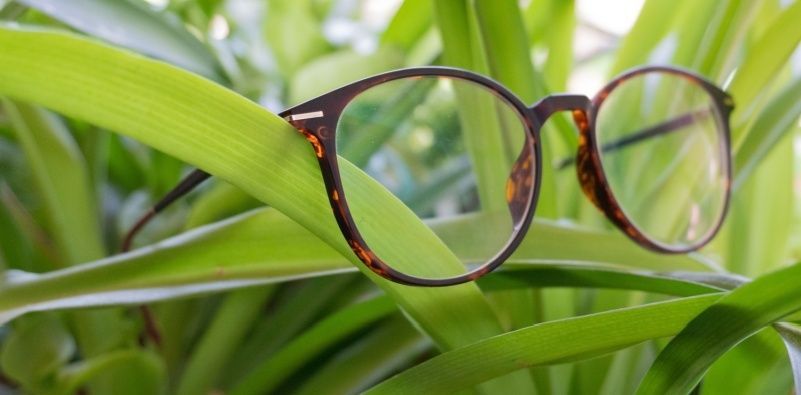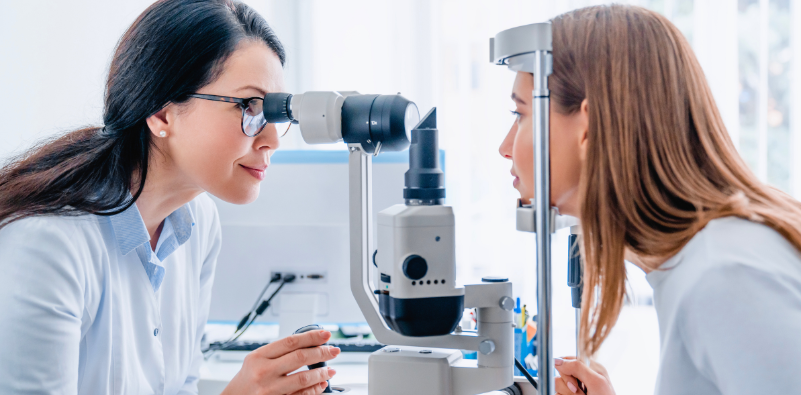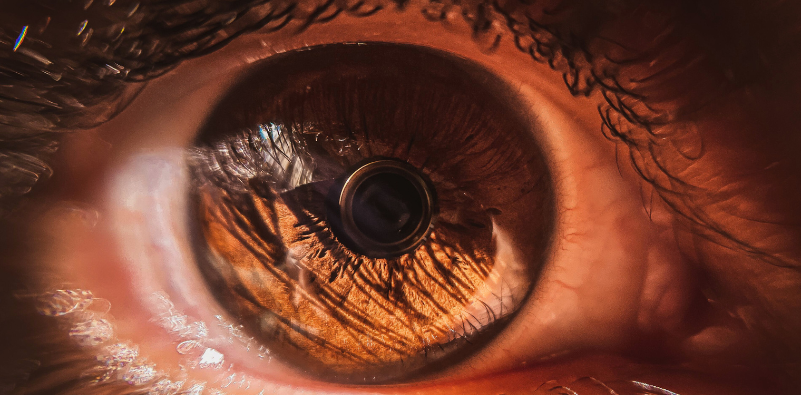Harrold Opticians Blog

Sustainable choices are becoming second nature in the way we shop. And good news for the glasses-wearers among us—eyewear has joined the movement. Today, stylish frames crafted from eco-friendly materials are more readily available—redefining how we think about glasses by putting ethics front and centre in the style equation, so fashion and sustainability are at its heart.

Myopia, often called short-sightedness, is one of the most widespread eye conditions affecting children. By 2050, it’s estimated that 50% of the global population will be affected by this condition, which is why we are passionate about protecting your child’s eye health. In this article, we’ll explore what myopia is, why it’s important to slow its progression, and the innovative management options we offer to support your child’s vision. What does being short-sighted really mean?

As we step into a new year, there's no better time to reimagine your personal style – and what better place to start than with a new pair of glasses? Eyewear does more than help you see clearly: it’s a fashion statement too. It’s a statement of who you are. Glasses are the first thing anyone sees when they look at your eyes. Our range includes three exceptional brands that can transform your 2025 style game. You’ll find our most popular glasses among these premium collections. Face À Face

Sustainable choices are becoming second nature in the way we shop. And good news for the glasses-wearers among us—eyewear has joined the movement. Today, stylish frames crafted from eco-friendly materials are more readily available—redefining how we think about glasses by putting ethics front and centre in the style equation, so fashion and sustainability are at its heart.








